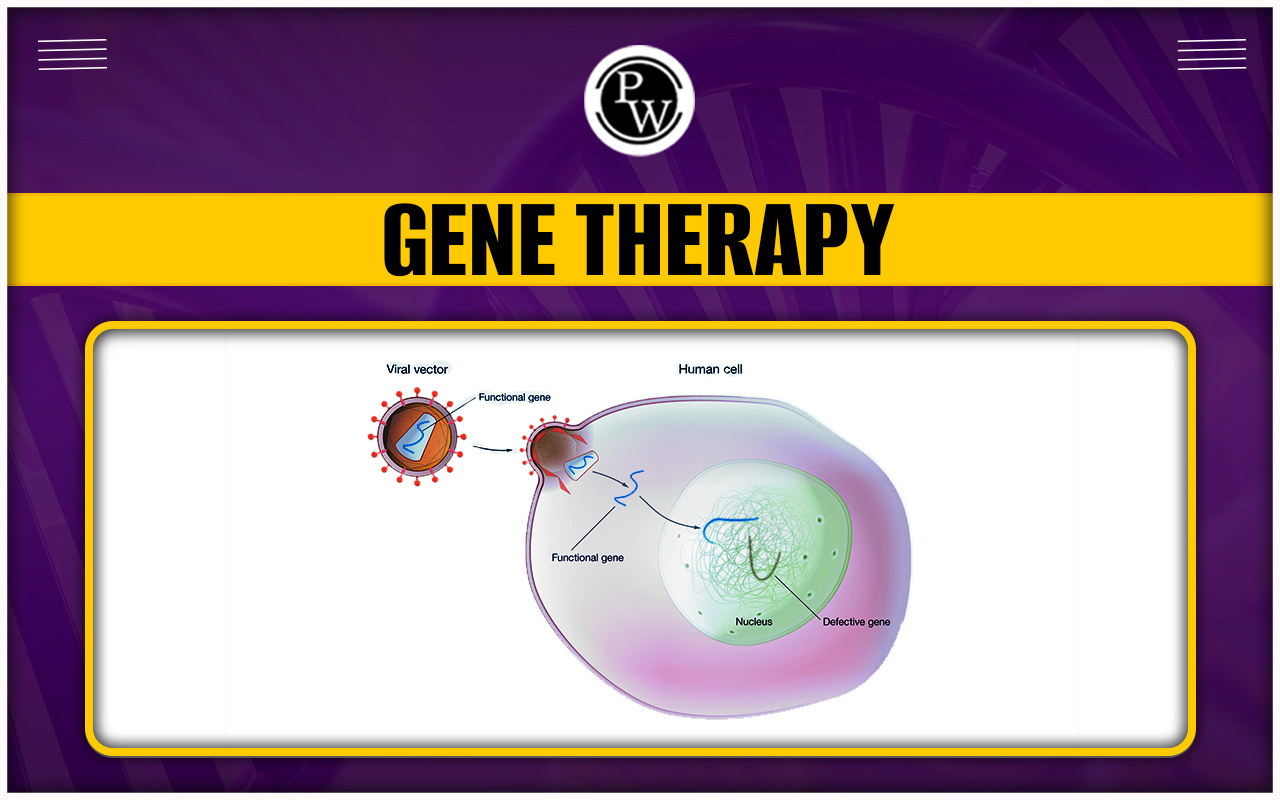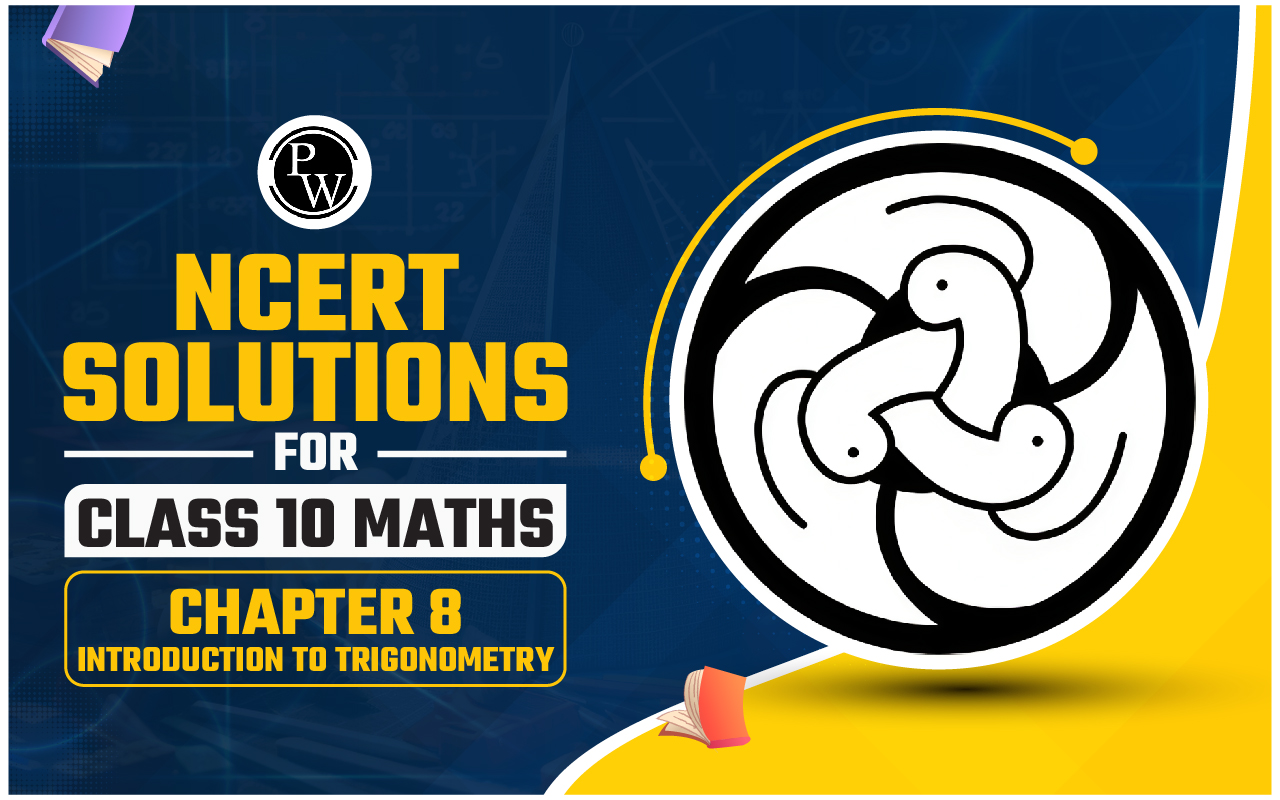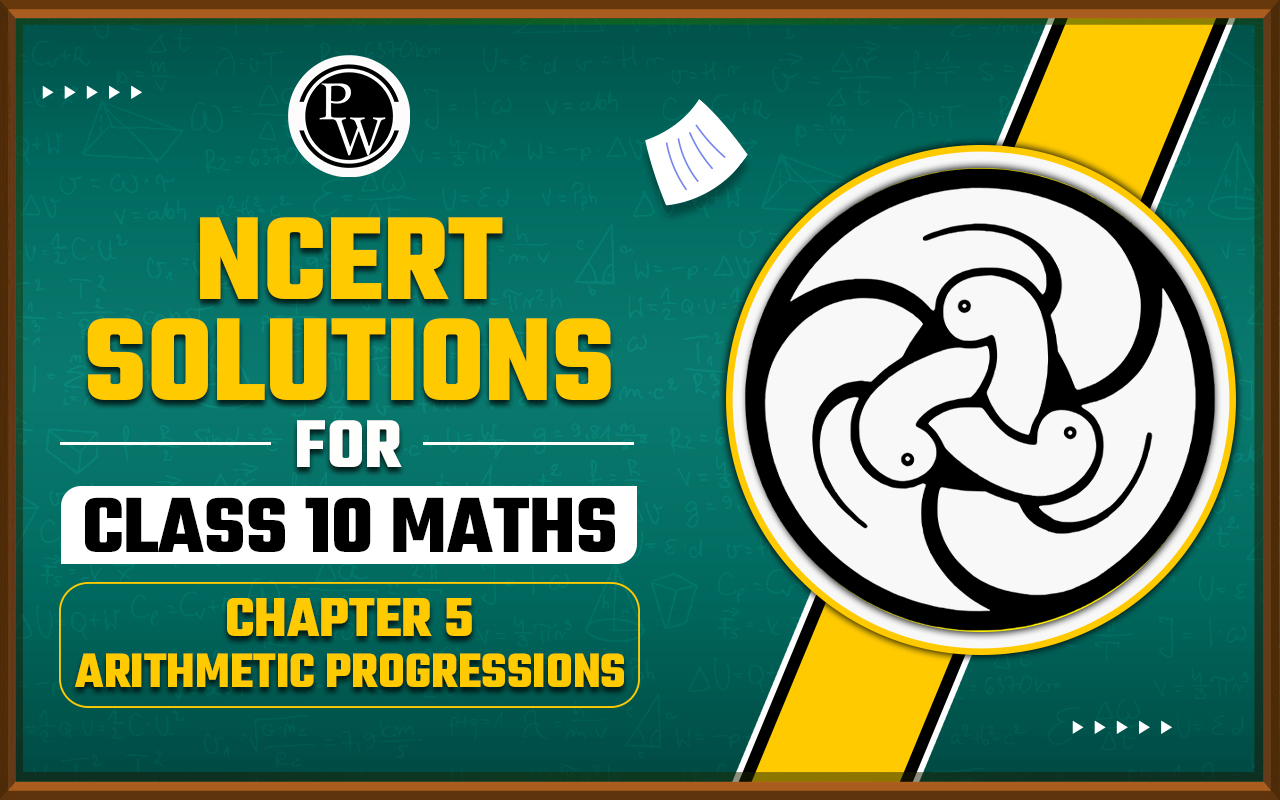

If you are looking for an article on Gene Therapy , you have come to the right place!
In this article, we will discuss the basics of Gene Therapy and its applications in modern medicine. We will start with a brief explanation of what Gene Therapy is, followed by comparing different types of Gene Therapy, such as somatic cell gene therapy and germline gene therapy. We will then go into more detail about the current and potential uses of Gene Therapy, including the treatment of genetic disorders, cancer, and infectious diseases. Finally, we will conclude with the current state of Gene Therapy research and the challenges and limitations of this field. This article aims to provide a comprehensive overview of Gene Therapy, its different forms, and its applications in modern medicine. If you do not have time to read all the information, I suggest reading the introduction and conclusion sections first.Introduction
Gene therapy is a rapidly growing field of medicine that aims to treat and cure genetic disorders, cancer, and other diseases by modifying the patient's genetic material. Gene therapy can replace or repair faulty genes by introducing therapeutic genes into a patient’s cells, leading to improved health and potentially a cure for certain conditions. Gene therapy is a medical treatment that uses genetic material to treat or cure diseases. The idea behind gene therapy is to correct or replace faulty genes in a patient's cells to treat genetic disorders, cancer, and other diseases. Gene therapy is still a relatively new field, but it can potentially revolutionize how we treat and cure diseases in the future.Types of Gene Therapy
There are two main types of gene therapy: somatic cell gene therapy and germline gene therapy. Somatic cell gene therapy involves introducing therapeutic genes into the patient's body cells, but the changes are not passed on to the patient's offspring. Germline gene therapy, on the other hand, involves modifying the patient's germ cells, which are the cells that form sperm and eggs. This type of gene therapy has the potential to cure genetic disorders that are passed on from one generation to the next.Current and Potential Applications of Gene Therapy
Gene therapy has been used to treat various diseases, including genetic disorders, cancer, and infectious diseases. Some examples of genetic disorders that have been treated with gene therapy include cystic fibrosis, sickle cell anemia, and hemophilia. Gene therapy has also been used to treat leukemia and ovarian cancer. In addition, gene therapy has the potential to be used to treat a wide range of diseases in the future, including heart disease, Alzheimer's disease, and Parkinson's disease.Gene Delivery Methods
Gene delivery methods refer to the techniques used to introduce new, functional genes into a person's cells and tissues. The choice of delivery method depends on the specific application and the type of disease being treated. Here are some common methods of gene delivery:Viral Vector Gene Therapy
This method involves using a virus as a delivery vehicle to carry the therapeutic gene into the body. The virus is modified not to cause disease and cannot replicate but still deliver the therapeutic gene to the target cells.Non-Viral Vector Gene Therapy
This method involves using non-viral carriers, such as liposomes, nanoparticles , and plasmids , to deliver the therapeutic gene into the body. This method does not have the same risk of causing an immune response as viral vector gene therapy, but it is also less efficient in delivering the therapeutic gene to the target cells.Ex Vivo Gene Therapy
This method involves removing cells from the body, modifying them outside the body, and returning them to the body. This method is typically used in cases where large numbers of cells need to be modified, such as when treating certain blood disorders.In Vivo Gene Therapy
This method involves delivering the therapeutic gene directly into the body, without removing the cells first. This method is typically used in cases where only a small number of cells need to be modified, such as in the case of treating certain cancers. Each method of gene delivery has its advantages and disadvantages, and the choice of method depends on the specific application and the type of disease being treated. For example, viral vector gene therapy is often preferred for its efficiency and ability to deliver large amounts of genetic material. In contrast, non-viral vector gene therapy is often preferred for its lower risk of causing an immune response.Challenges and Limitations of Gene Therapy
Despite the potential of gene therapy, several challenges and limitations need to be addressed before it can be widely adopted as a treatment for various diseases. Some challenges include the cost of gene therapy, the risk of side effects, and the difficulty of getting the therapeutic genes to reach the right cells in the body. In addition, many technical and scientific questions still need to be answered before gene therapy can be used to treat a wider range of diseases.Current State of Gene Therapy Research
Gene therapy research is still in its early stages but rapidly advancing. In recent years, there have been several important advances in the field, including the approval of the first gene therapy products by regulatory agencies, the successful treatment of a wide range of diseases, and the development of new and more efficient gene delivery methods. Despite these advances, there is still much work to be done, and researchers continue exploring new and innovative ways to use gene therapy to treat a wider range of diseases. Gene therapy could revolutionize how we treat and cure diseases in the future. Gene therapy can replace or repair faulty genes by introducing therapeutic genes into a patient’s cells, leading to improved health and potentially a cure for certain conditions. Despite the challenges and limitations that still need to be addressed, the field of gene therapy is rapidly advancing, and it is an exciting time for this field.Gene Therapy <span style=
Q1. What is gene therapy?
Ans- Gene therapy is a field of medicine that involves introducing, modifying, or removing genes within a person's cells and tissues to treat or prevent disease. This process involves introducing new, functional genes into the body to replace missing or mutated ones that cause disease.
Q2. What are the two main types of gene therapy?
Ans- There are two main types of gene therapy: somatic gene therapy and germline gene therapy. Somatic gene therapy involves changing the genes in only certain cells in the body, such as in the case of a patient with a specific genetic disorder. Germline gene therapy, on the other hand, involves changing the genes in sperm or egg cells, which can result in changes being passed down to future generations.
Q3. What are some current and potential applications of gene therapy?
Ans- Gene therapy has already been used to treat various genetic disorders and diseases, including cancer, heart disease, and inherited genetic disorders. It can potentially treat and cure many diseases, from inherited disorders to more common diseases like diabetes and Alzheimer's.
Q4. What are the different methods of gene therapy?
Ans- Several gene therapy methods include viral vector gene therapy, non-viral vector gene therapy, ex vivo gene therapy, and in vivo gene therapy. Each method has its advantages and disadvantages, and the choice of method depends on the specific application and the type of disease being treated.
Q5. What are the challenges and limitations of gene therapy?
Ans- Gene therapy has several challenges and limitations, including the high cost of development and production, ethical concerns about altering the genetic code, and the risk of side effects and long-term consequences. Additionally, there are still many unknowns about the safety and efficacy of gene therapy, and more research is needed to understand the potential benefits and risks fully.
Q6. What is the future of gene therapy?
Ans- The future of gene therapy is bright, with many promising advances and developments being made in the field. The potential benefits of gene therapy are vast, and it has the potential to revolutionize the way we treat and cure diseases. However, many challenges still need to be addressed and overcome before gene therapy can be widely used and fully embraced by the medical community.
🔥 Trending Blogs
Talk to a counsellorHave doubts? Our support team will be happy to assist you!

Free Learning Resources
PW Books
Notes (Class 10-12)
PW Study Materials
Notes (Class 6-9)
Ncert Solutions
Govt Exams
Class 6th to 12th Online Courses
Govt Job Exams Courses
UPSC Coaching
Defence Exam Coaching
Gate Exam Coaching
Other Exams
Know about Physics Wallah
Physics Wallah is an Indian edtech platform that provides accessible & comprehensive learning experiences to students from Class 6th to postgraduate level. We also provide extensive NCERT solutions, sample paper, NEET, JEE Mains, BITSAT previous year papers & more such resources to students. Physics Wallah also caters to over 3.5 million registered students and over 78 lakh+ Youtube subscribers with 4.8 rating on its app.
We Stand Out because
We provide students with intensive courses with India’s qualified & experienced faculties & mentors. PW strives to make the learning experience comprehensive and accessible for students of all sections of society. We believe in empowering every single student who couldn't dream of a good career in engineering and medical field earlier.
Our Key Focus Areas
Physics Wallah's main focus is to make the learning experience as economical as possible for all students. With our affordable courses like Lakshya, Udaan and Arjuna and many others, we have been able to provide a platform for lakhs of aspirants. From providing Chemistry, Maths, Physics formula to giving e-books of eminent authors like RD Sharma, RS Aggarwal and Lakhmir Singh, PW focuses on every single student's need for preparation.
What Makes Us Different
Physics Wallah strives to develop a comprehensive pedagogical structure for students, where they get a state-of-the-art learning experience with study material and resources. Apart from catering students preparing for JEE Mains and NEET, PW also provides study material for each state board like Uttar Pradesh, Bihar, and others
Copyright © 2025 Physicswallah Limited All rights reserved.
Get App











